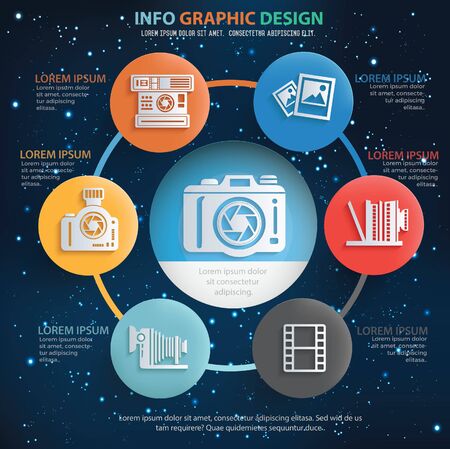Transform Your Digital Photography By Grasping Illumination Strategies That Can Raise Your Photos-- Discover The Usual Risks That Could Be Holding You Back
Transform Your Digital Photography By Grasping Illumination Strategies That Can Raise Your Photos-- Discover The Usual Risks That Could Be Holding You Back
Blog Article
Material By-Hinson Riddle
As a professional photographer, you understand that illumination can make or damage your photos. Comprehending the nuances of both all-natural and synthetic light is important for recording the state of mind and clarity you aim for in your work. Whether you're going after the perfect gold hour radiance or fine-tuning your synthetic arrangements, understanding these components can raise your digital photography substantially. Yet there are common mistakes that several neglect, and recognizing them can change your technique to every shoot. Allow's explore what you might be missing out on and exactly how it can influence your outcomes.
Recognizing Natural Light
Recognizing all-natural light is important for any type of professional photographer aiming to boost their job. It's the foundation of great digital photography, influencing mood, tone, and clarity. When simply click the following post fire outdoors, take notice of the moment of day. The gold hour-- soon after sunrise and prior to sundown-- provides soft, warm light that can transform ordinary scenes into spectacular images.
Do not take too lightly the power of overcast days. Cloud cover diffuses sunlight, creating a soft, even light that's perfect for portraits and macro photography. You'll find colors appear this sort of illumination without harsh shadows.
Positioning issues, also. Constantly consider your subject's alignment to the light. If the sunlight's behind your topic, you might end up with a silhouette, which can be dramatic yet mightn't be what you want. Conversely, straight sunshine can produce uncomplimentary darkness.
Trying out angles; occasionally, changing your perspective can produce outstanding outcomes. Usage natural reflectors, like water or sand, to bounce light onto your subject, adding measurement.
Mastering Artificial Light
Mastering man-made light is essential for digital photographers that wish to take their skills to the next level. Whether you're utilizing speedlights, workshop strobes, or continual lights, recognizing exactly how to adjust these sources can dramatically boost your pictures.
Begin by acquainting on your own with the fundamentals of light high quality, instructions, and color temperature. Try out different modifiers like softboxes, umbrellas, or grids to control the gentleness or violence of the light.
You'll locate that soft light typically produces lovely results, while harsher light can include dramatization and depth. Do not shy away from darkness; they can enhance the three-dimensionality of your subjects.
Pay close attention to the placement of your lights. A light positioned too close to your topic can produce unflattering results, while also far away can result in an absence of information. Make https://zenwriting.net/jarrod651rayford/just-how-to-choose-the-right-electronic-camera-for-your-digital-photography of a light meter or your camera's histogram to guarantee you're revealing correctly.
Lastly, remember that artificial light can be mixed with ambient light for imaginative results. Balancing these sources may take practice, but once you grasp it, your photography will really shine.
Strategies for Different Situations
When you step into different shooting circumstances, adjusting your lights strategies is important for recording the best photos. For outdoor portraits, utilize the gold hour-- early morning or late afternoon light-- to soften darkness and improve skin tones.
If it's a severe noontime sun, think about making use of a reflector to jump light back onto your topic or look for shaded locations for a much more even exposure.
In low-light situations, like indoor events, raise your ISO and utilize a broad aperture to let in more light. A tripod can aid eliminate cam shake, enabling longer exposures without obscuring.
If you're contending evening, trying out off-camera flash to develop dynamic lighting and depth in your images.
For item photography, utilize diffused illumination to stay clear of extreme representations. Softboxes or light camping tents can assist accomplish this impact.
When photographing landscapes, consider the instructions of light and time of day, as it can drastically change the state of mind of your shot.
Always prepare to adjust your settings and placing based upon the scenario, as versatility is vital to mastering lights in photography.
Conclusion
To conclude, mastering lights is essential to raising your photography abilities. Welcome https://zenwriting.net/king922horace/checking-out-the-world-with-the-lens-travel-photography-fundamentals -natural light's charm throughout gold hour, and don't avoid trying out artificial light strategies. By adjusting your technique to various scenarios, you'll catch spectacular pictures that reverberate with emotion and clearness. Remember, the best lighting can change a common shot into something amazing, so keep practicing and refining your understanding of both natural and synthetic light. Pleased shooting!
